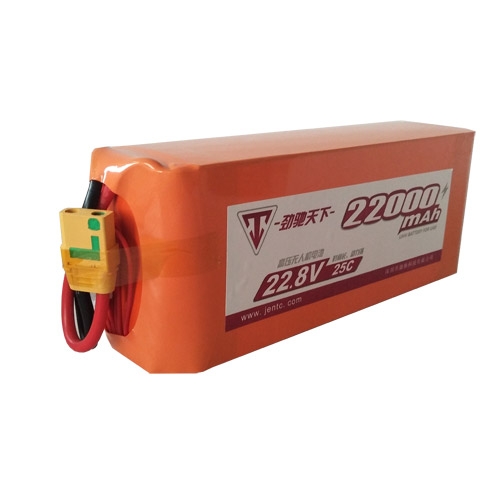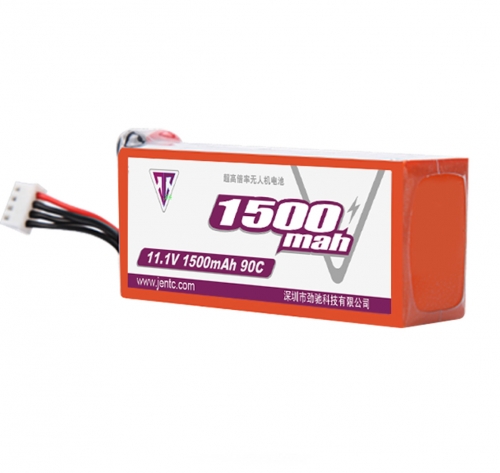UAV stands for "Unmanned Aerial Vehicle", which is an unmanned aircraft controlled by radio remote control equipment and self-provided program control devices. It involves sensor technology, communication technology, information processing technology, intelligent control technology, and aviation propulsion technology, and is a high-tech product of the information age. The value of drones lies in forming an aerial platform, combining with other components to expand applications, and replacing humans to complete aerial operations. As drone research and development technology gradually matures and manufacturing costs are greatly reduced, drones are widely used in various fields. In addition to military purposes, they also include agricultural plant protection, power inspections, police law enforcement, geological exploration, environmental monitoring, forest fire prevention, and film and television aerial photography and other civil fields, and their applicable fields are rapidly expanding. After a long period of development, drones have also driven the development of drone lithium batteries. Then Jinchi Technology will explain to you what drones are:
Depending on different scenarios, platforms, and application methods, drones can be classified into different categories, such as application scenarios, flight platforms, control methods, line of sight, weight scale, mission altitude, activity radius, etc.
In the 21st century, with the widespread application of lightweight composite materials, the maturity of satellite positioning systems, the improvement of electronic and radio control technologies, and especially the emergence of multi-rotor drone structures, the entire drone industry has entered a rapid development stage.
The flight platforms of drones are mainly divided into fixed-wing drones, multi-rotor drones, helicopter drones, and other drones. The advantages, disadvantages, and characteristics of each flight platform are as follows:
1. Multi-rotor drone system
The multi-rotor UAV system is mainly composed of five parts: frame fuselage, power system, flight control system, remote control system, and auxiliary equipment system.
A. Frame fuselage
The frame fuselage of the drone refers to the carrying platform of the drone, which is generally made of high-strength and lightweight materials, such as glass fiber, glass fiber, ABS, PP, nylon, modified plastics, modified PC, resin, aluminum alloy, etc. All the equipment of the drone is installed on the frame fuselage, and the number of brackets also determines whether the drone is a multi-rotor drone. The design of the drone frame allows the installation of other components to be reasonable, firm and stable, and easy to disassemble and assemble.
B. Power system
The drone power system is the component that provides flight power for the drone, which is generally divided into oil-powered and electric. Electric multi-rotor drones are the mainstream models, and the power system consists of three parts: motor, electric regulator, and battery. The batteries used in drones are generally high-energy-density lithium polymer batteries. Due to some objective reasons, each 300g of traditional lithium batteries can provide 17 minutes of flight time for a drone with a weight of 500g (including batteries). Hydrogen fuel cells and solar cells are limited by the existing technology level and cost, and are not yet popular. UAVs mainly operate in the open air, and have high requirements for the stability of motors and electric control systems, which require regular inspection, maintenance, waterproofing, and moisture-proofing.
C. Flight control system
The flight control system is the flight control system of the UAV. Whether the UAV automatically maintains the flight state (such as hovering) or the UAV is manually operated, the UAV power system needs to be adjusted in real time through the flight control system. In addition to ensuring the normal flight navigation function of the aircraft, some high-end flight control systems also have functions such as redundancy, flight data recording, flight parameter adjustment and automatic flight optimization. The flight control system is the control core of the entire drone, mainly including flight control, accelerometer, barometer, sensor, gyroscope, magnetometer, positioning chip, main control chip and other components.
D. Remote control system
The drone remote control system is mainly composed of a remote controller, a receiver, a decoder and a servo system. The remote controller is the operating platform. The receiver receives the remote controller signal for decoding, separates the action signal and transmits it to the servo system, and the servo system makes corresponding actions according to the signal.
E. Auxiliary equipment system
The auxiliary equipment system mainly includes the drone external platform referred to as the gimbal, the external light camera, and the wireless image transmission system. The gimbal is a mechanical component installed on the drone to mount the camera. It can meet three degrees of freedom: rotation around the X, Y, and Z axes. A motor is installed in each axis. When the drone tilts, it will cooperate with the gyroscope to increase the power in the opposite direction to the corresponding gimbal motor to prevent the camera from "tilting" with the drone, thereby avoiding camera shake. The gimbal plays a very important role in stabilizing aerial photography. External light cameras are mainly small and high-definition cameras. The wireless image transmission system, when the drone is taking aerial photos, transmits the pictures taken by the drone in the sky in a flying state to the ground wireless image transmission remote control receiving device in real time and stably. The wireless image transmission system has the characteristics of long transmission distance, stable transmission, clear and smooth images, anti-interference, anti-blocking, and low latency.
2. Fixed-wing UAV system
The fixed-wing UAV system consists of five parts: body structure, avionics system, power system, take-off and landing system and ground control station system.
The body structure consists of a detachable modular body, which is easy to carry and can be assembled and taken off in a short time. The avionics system consists of flight control computers, sensors, payloads, wireless communications, etc., to meet the needs of the aircraft control system. The power system consists of power batteries, propellers, and brushless motors to provide the drone with the power it needs to fly. The take-off and landing system consists of catapult ropes, catapult racks, and parachutes to help the drone complete catapult take-off and parachute landing. Some fixed-wing drones use taxiing take-off and landing, which requires additional design of landing gear retraction, shock absorption, positioning, acceleration, and braking systems. The ground control station includes ground station computers, handles, radio stations and other communication equipment to assist in completing route planning tasks and monitoring the flight process.
The use of drones is inseparable from drone lithium batteries. If you want to choose a good drone lithium battery, choose Jinchi Technology.








